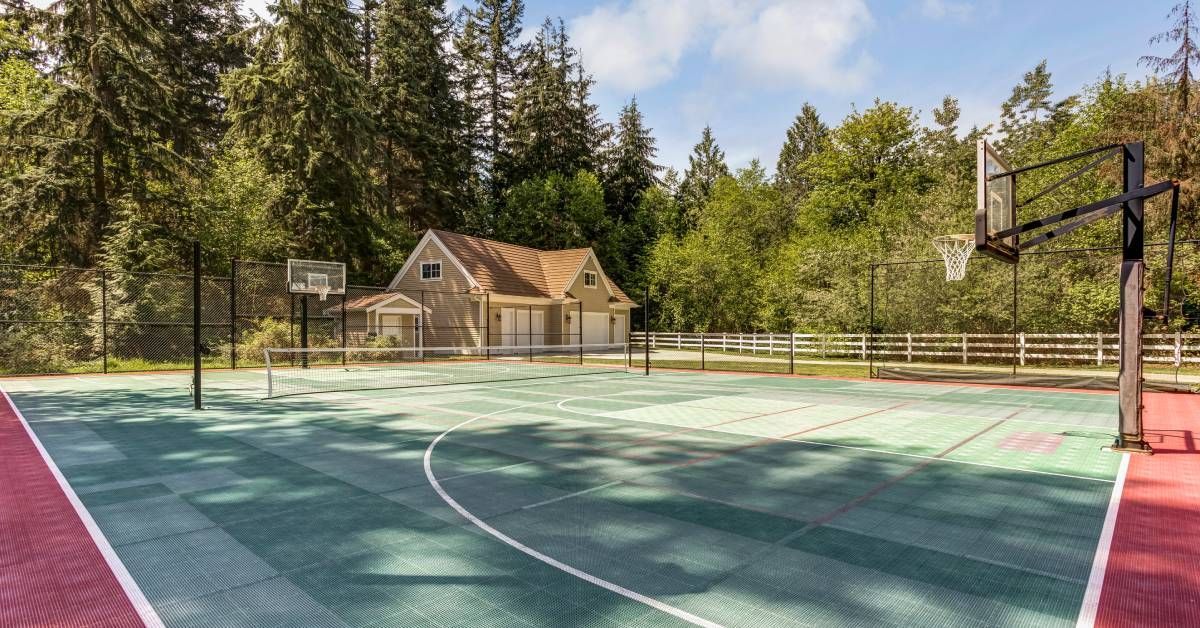Choosing the Right Location for Your Sports Court

More and more homeowners are discovering the joys and benefits of having a personal space for leisure, fitness, and play. Imagine stepping out into your backyard to shoot some hoops, play a quick game of tennis, or rally with friends on a volleyball court. We'll walk you through the process of choosing the right location for your sports court so you have a clear understanding of how to plan your project to ensure it brings maximum enjoyment and value to your home.
Importance of Choosing the Right Location
The location of your sports court is crucial for several reasons. First and foremost, it affects the court's functionality. A well-located court will be easy to access and use, enhancing your overall experience.
Additionally, the placement of your court can significantly impact its safety. You want to avoid areas where the ground is uneven or where there are obstacles that could cause accidents.
Lastly, the location can affect the longevity of your court. Proper placement can help prevent issues like water pooling or excessive wear and tear.
Space Availability
Different types of sports courts require different amounts of space. For example, a full-size basketball court needs more room than a tennis court, while a volleyball court falls somewhere in between.
You'll want to measure your available space and compare it to the dimensions of the type of court you're interested in. Remember to account for any additional space needed for fencing, benches, or lighting.
Terrain and Elevation
Next, examine your property's terrain and elevation closely. The ground condition can significantly impact the installation process and your court's performance.
Ideally, you want to choose a flat, level area with good drainage. If your property has a slope, you may need to invest in grading or retaining walls to create a suitable surface. Poor drainage can lead to water pooling on the court, causing damage and making it unsafe to use.
Access and Visibility
You'll want to choose a location that's easy to reach from your home and other key areas of your property. Consider how often you'll use the court and how convenient it will be to get to it.
Visibility is another crucial aspect. While you may want some privacy, you also want to ensure the court is in a spot where you can keep an eye on it, especially if children will be using it. Striking the right balance between privacy and visibility can enhance enjoyment and peace of mind.
Local Regulations
Before finalizing your court location, check zoning laws and homeowners' association (HOA) requirements. These regulations can affect where you can place your court, how large it can be, and even what materials you can use.
Failure to comply with local regulations can result in fines or the need to make costly adjustments after the fact. It is essential to do your homework and get any necessary permits before starting your project.
Choosing the right location for your sports court involves careful planning and consideration of several factors. A well-placed court will provide countless hours of enjoyment and add value to your property. Contact Allstate Landscaping Services today to learn more about our athletic court construction. Let's turn your backyard into the ultimate sports haven.
